Art is an integral part of human civilization reflecting culture emotions history and creativity. From ancient cave paintings to modern digital art the concept of Arts has evolved transcending time and space. It is a universal language that conveys ideas Emotions and messages that words often fail to express.
This article explores the vast domain of arts including its history forms importance and impact on society. We will also discuss various art techniques famous artists and how art continues to shape our world.
1. What is Art?
Art is a creative expression that takes many forms including paintings sculptures music literature dance and even culinary presentations. It functions as a mirror for human emotions and experiences. Whether it is a Renaissance masterpiece or a modern digital artwork art continues to inspire provoke thought and bring beauty into our lives.
Key Characteristics of Art:
Creativity and Imagination
Emotional Expression
Cultural Representation
Communication Medium
Aesthetic Value
Art is subjective meaning its interpretation varies from person to person . What might seem like an abstract scribble to one person could be a masterpiece to another .
2. History of Arts
The history of art dates back to prehistoric times when humans first began expressing themselves through cave paintings and carvings . Below is a brief timeline of the evolution of Art
| Era | Period | Art Style & Characteristics |
|---|---|---|
| Prehistoric | 30,000 BC – 3,000 BC | Cave paintings, stone carvings |
| Ancient | 3,000 BC – 500 AD | Egyptian hieroglyphs, Greek and Roman sculptures |
| Medieval | 500 AD – 1400 AD | Religious themes, Gothic art, illuminated manuscripts |
| Renaissance | 1400 AD – 1600 AD | Realism, perspective, classical themes |
| Baroque & Rococo | 1600 AD – 1800 AD | Ornate, dramatic, grandeur |
| Modern Art | 1800 AD – 1950 AD | Impressionism, Cubism, Surrealism |
| Contemporary Art | 1950 AD – Present | Abstract, digital, conceptual |
Each era brought new innovations, techniques, and artistic revolutions, shaping the way art is perceived today .
3. Importance of Arts in Society
Arts play a crucial role in shaping cultures, preserving history, and fostering social change. Here’s why arts are important:
- Cultural Identity: Art reflects the traditions, beliefs, and values of societies.
- Emotional Expression: It allows individuals to convey emotions that words cannot capture.
- Economic Impact: Art industries, including music, film, and fashion, contribute significantly to global economies.
- Education & Creativity: Exposure to arts enhances critical thinking and problem-solving skills.
- Healing & Therapy: Art therapy is widely used for mental health improvement.
4. Different Forms of Arts
4.1 Visual Arts
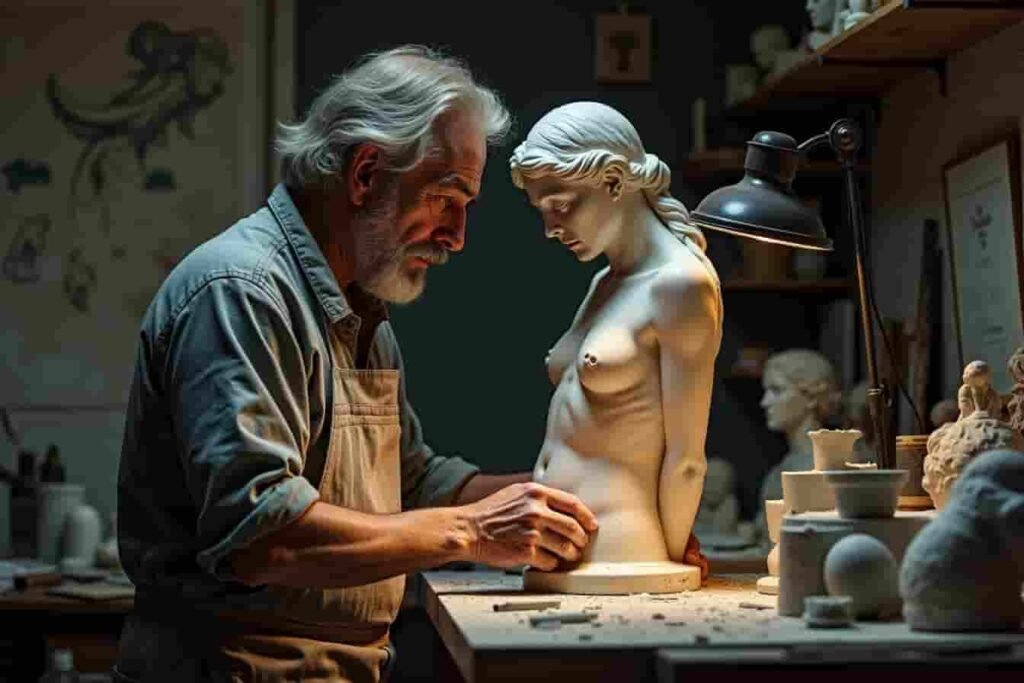
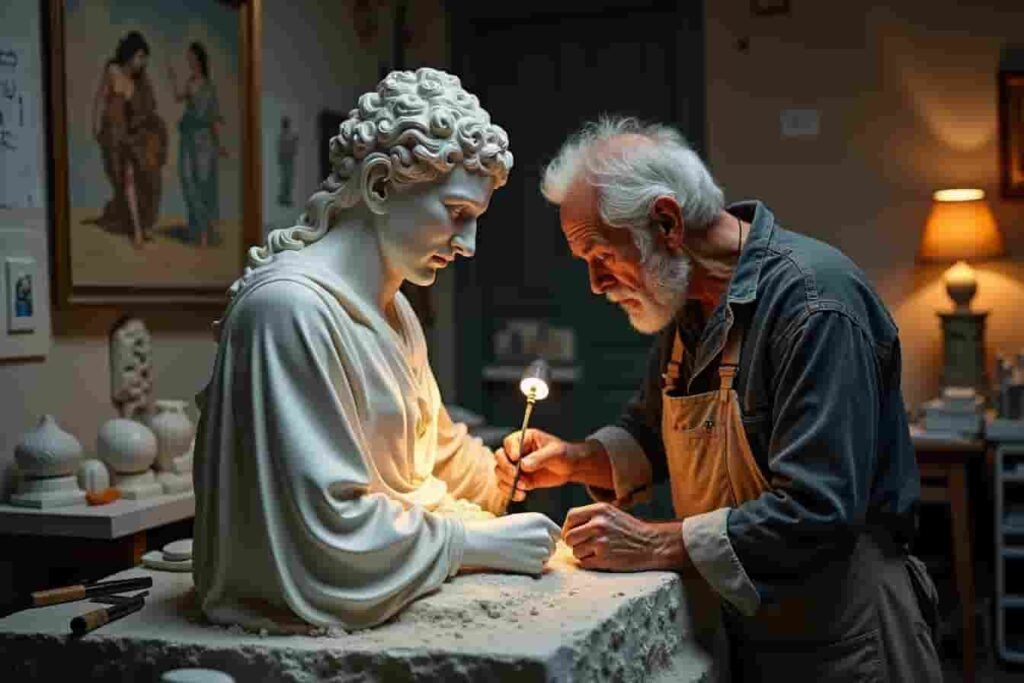
Visual arts include artworks that can be seen and appreciated visually, such as:
Painting (Oil, Watercolor and Acrylic)
Sculpture (Clay, Wood and Metal)
Photography (Black & White, Digital and Portrait)
Drawing (Charcoal, Pencil and Ink)
Architecture (Gothic, Modern and Classical)
4.2 Performing Arts
Performing arts involve live performances where artists use their bodies, voices, or instruments:
Theatre & Drama (Shakespearean plays and Broadway)
Music (Classical, Jazz, Pop and Rock)
Dance (Ballet, Hip-Hop and Salsa)
Opera (Musical storytelling )
4.3 Literary Arts
These arts are based on written and spoken words:
Poetry (Sonnets, Haikus, Free verse)
Prose (Novels, Short stories)
Journalism (News articles, Essays)
4.4 Culinary Arts
The art of preparing food creatively:
Gastronomy – (Fine dining and Molecular cuisine)
Pastry & Baking – (Cakes, Bread and Desserts)
5. Popular Art Techniques
Various techniques define the uniqueness of artistic styles:
Impressionism – Small brushstrokes creating movement
Cubism – Geometric shapes and abstract forms
Surrealism – Dream-like visuals and subconscious elements
Minimalism – Simplicity in design and colors
Digital Art – Art created using computers and graphic tablets
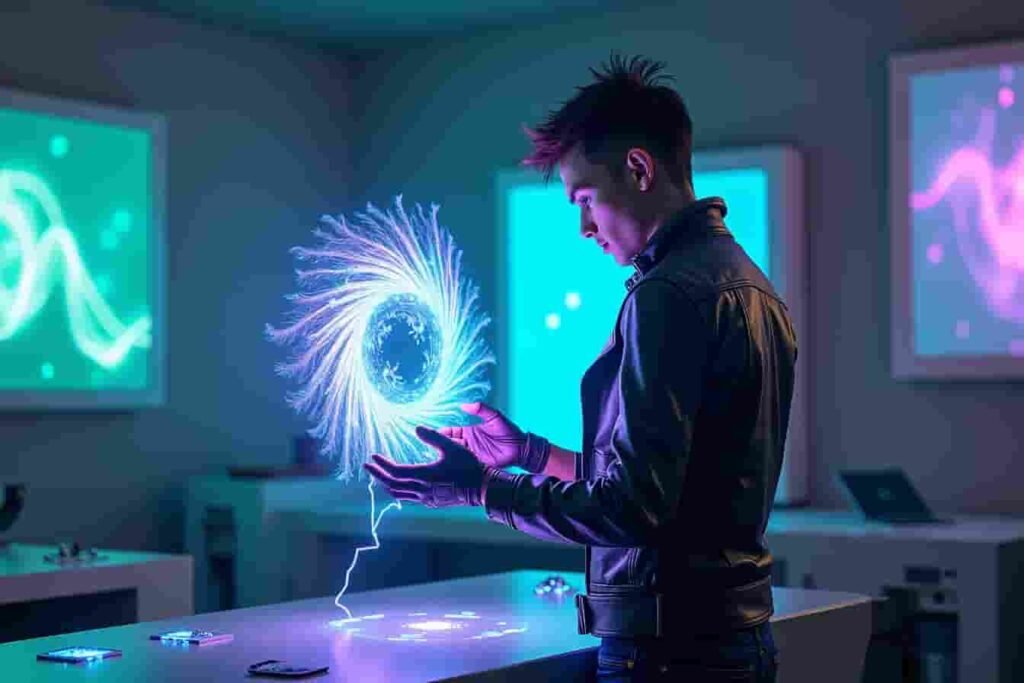
6. Famous Artists and Their Masterpieces
| Artist | Masterpiece | Style |
|---|---|---|
| Leonardo da Vinci | Mona Lisa | Renaissance |
| Vincent van Gogh | Starry Night | Post-Impressionism |
| Pablo Picasso | Guernica | Cubism |
| Salvador Dalí | The Persistence of Memory | Surrealism |
| Frida Kahlo | The Two Fridas | Symbolism |
These artists have influenced generations with their unique styles and storytelling through art.
7. The Evolution of Digital Arts
Digital arts have revolutionized the way artists create and share their work . Tools like Adobe Photoshop Procreate and AI generated art platforms have made it easier for artists to explore new dimensions.
8. Art and Its Role in Mental Health
Engaging in art activities helps reduce stress anxiety and depression. Art therapy is widely used in hospitals schools and rehabilitation centers to help individuals express themselves and heal emotionally.
9. Art in Education
Art education fosters creativity critical thinking and cultural appreciation among students. Schools integrating arts into their curriculum produce more well rounded and innovative individuals.
10. Future of Arts
With advancements in AI virtual reality and digital platforms the future of arts is limitless. Artists are now experimenting with NFTs (Non Fungible Tokens) making digital art a lucrative industry.
FAQs on Arts
Q2: Why is art important in education?
Art enhances creativity critical thinking and self expression, making it vital in holistic education.
Q3: How does art impact mental health?
Art therapy helps reduce stress improve focus and boost emotional well being.
4. What is art ?
Art is a form of creative expression that reflects emotions, ideas, and perspectives through various mediums such as painting, sculpture, music, literature and performance. It allows individuals to communicate, inspire and connect with others beyond words.
Conclusion
Art is more than just colors on a canvas or performances on a stage it is the essence of human creativity culture and communication. Whether traditional or digital art continues to evolve reflecting our ever changing world.

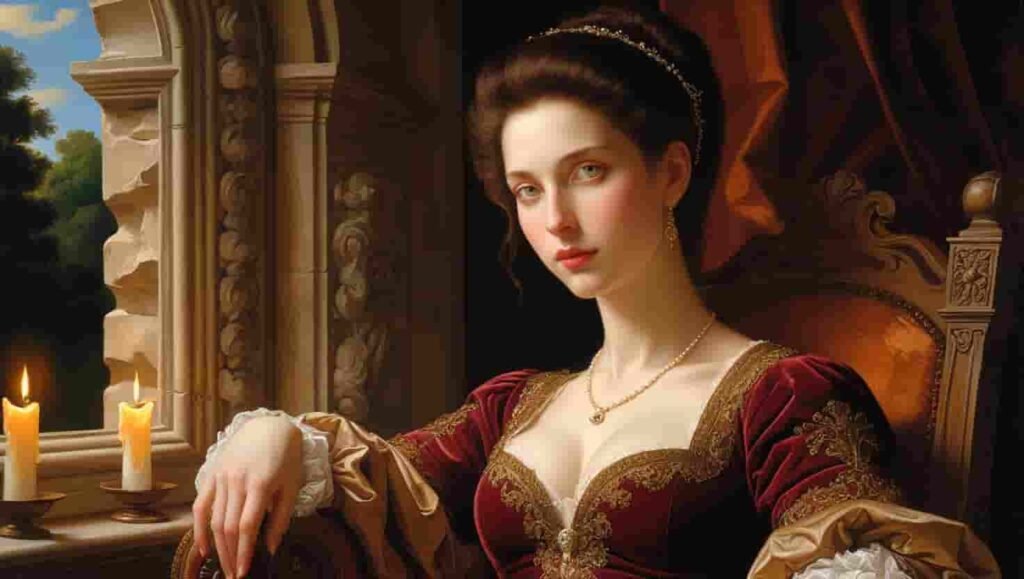
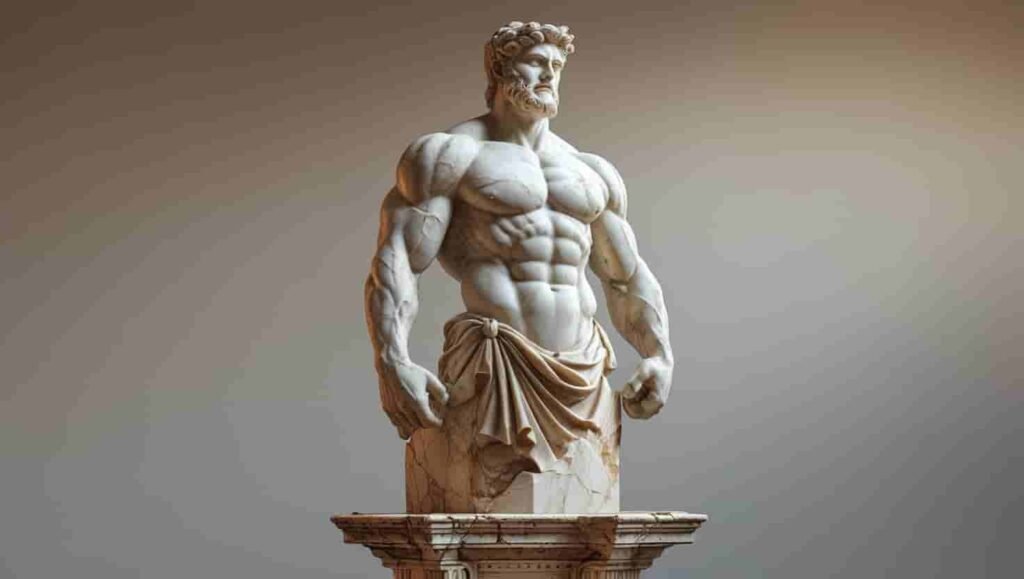

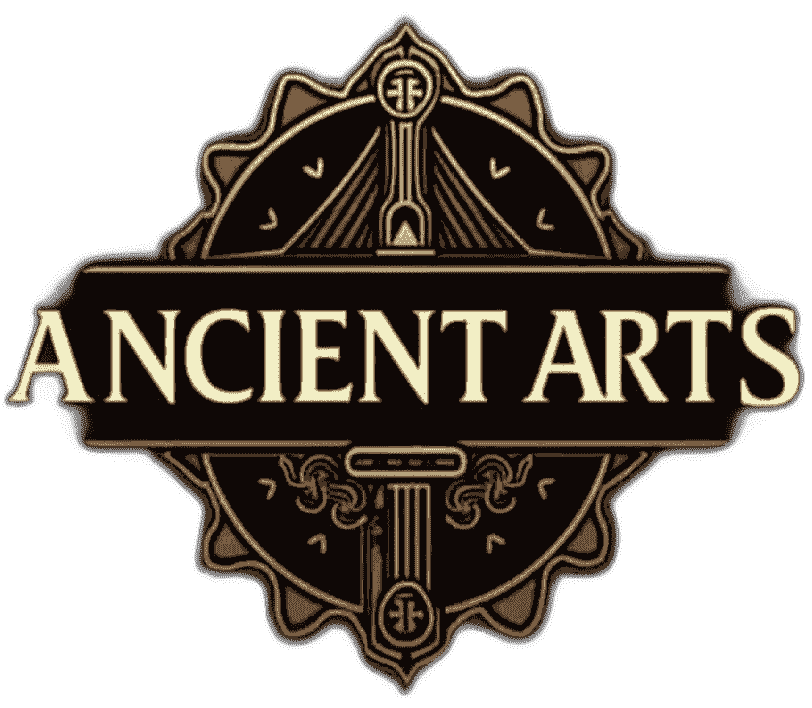
Pingback: Paintings
Pingback: Sculptures
Pingback: Drawings
Pingback: Architectures
Pingback: Operas
Pingback: Poetry
Pingback: Culinary Art
Pingback: Museums
Pingback: Fashions
Pingback: Impressionism: The Movement That Changed Modern Art
Pingback: Surrealisms | Definition, Painting, Artists, Artworks, & Facts
Pingback: Digital Arts | The Complete Guide | History & Innovative Art Forms
Pingback: Greek arts | Ancient Greek art | Greek art
Pingback: Roman Arts | Ancient Roman Art | Roman Art
Pingback: Mosaics | Mosaic | Definition, History, Art, Tiles & Facts
Pingback: Dances | Definition, Characteristics, Types, History, People
Pingback: Indian Arts | Artwork, History & Styles
Pingback: Gupta Art and Architecture | Features, Sculptures & Paintings
Pingback: Chola Art and Architecture | Culture, Art & Architecture
Pingback: Art and Architecture Building
Pingback: cultura de paz
Pingback: walters cultural arts center | la plaza de cultura y artes
Pingback: Autry Museum of the American West
Pingback: Egyptian Arts | Art of ancient Egypt | Ancient Egyptian Art
Pingback: Recto Art History
Pingback: Japanese Nail Art | Traditions and Trends
Pingback: Art in Japanese | Japanese Art